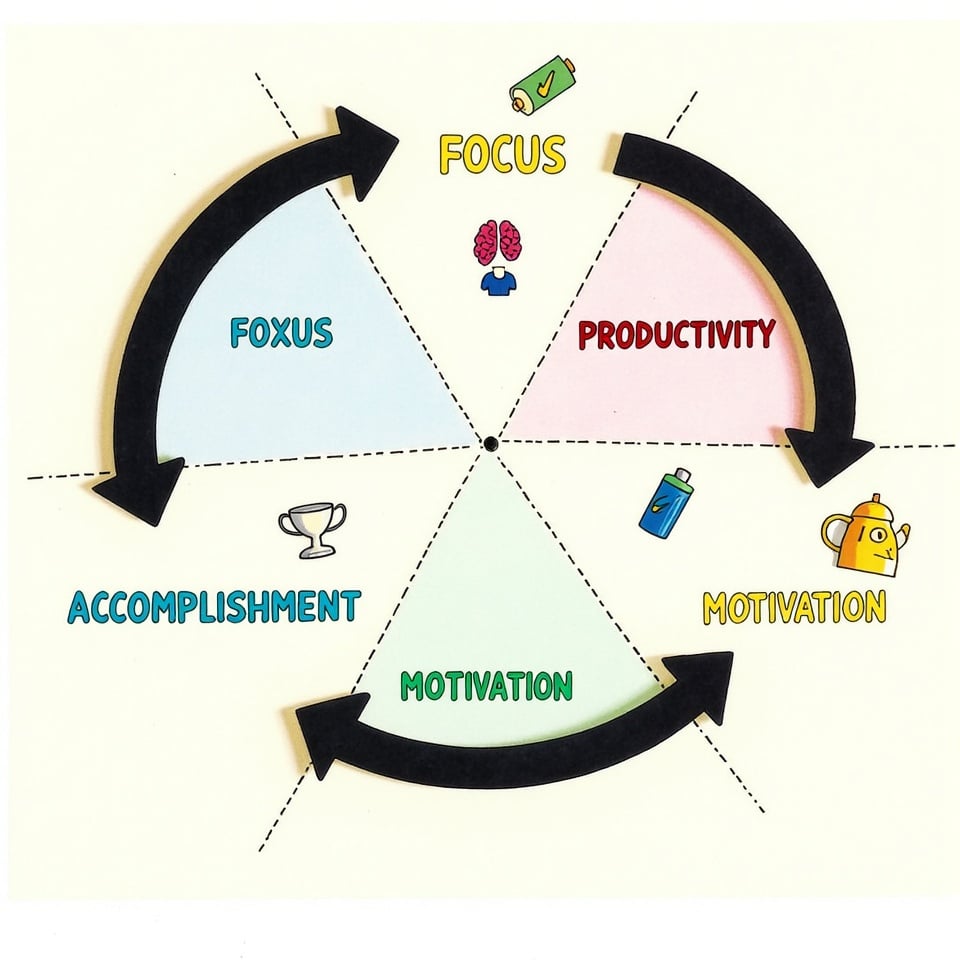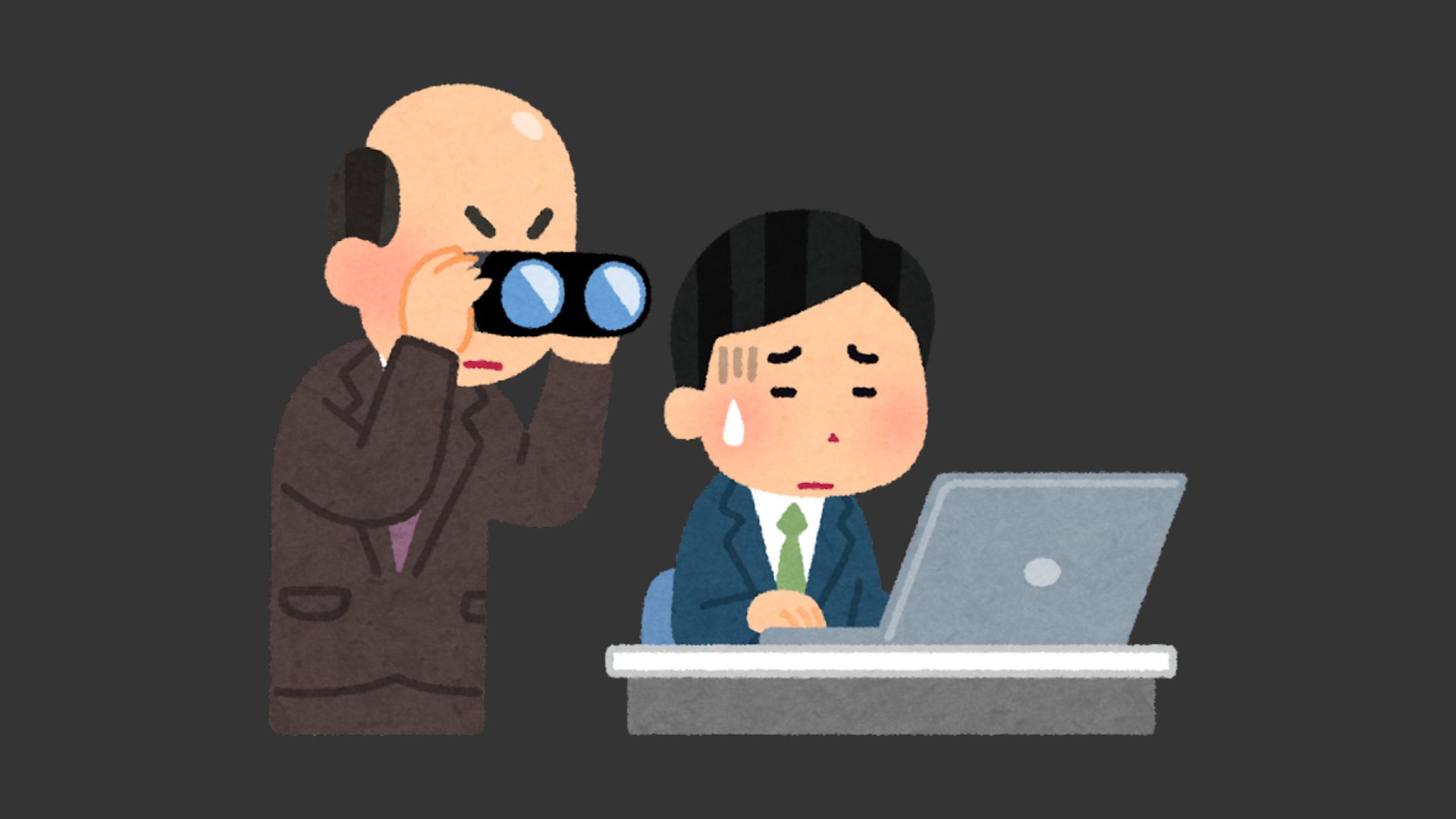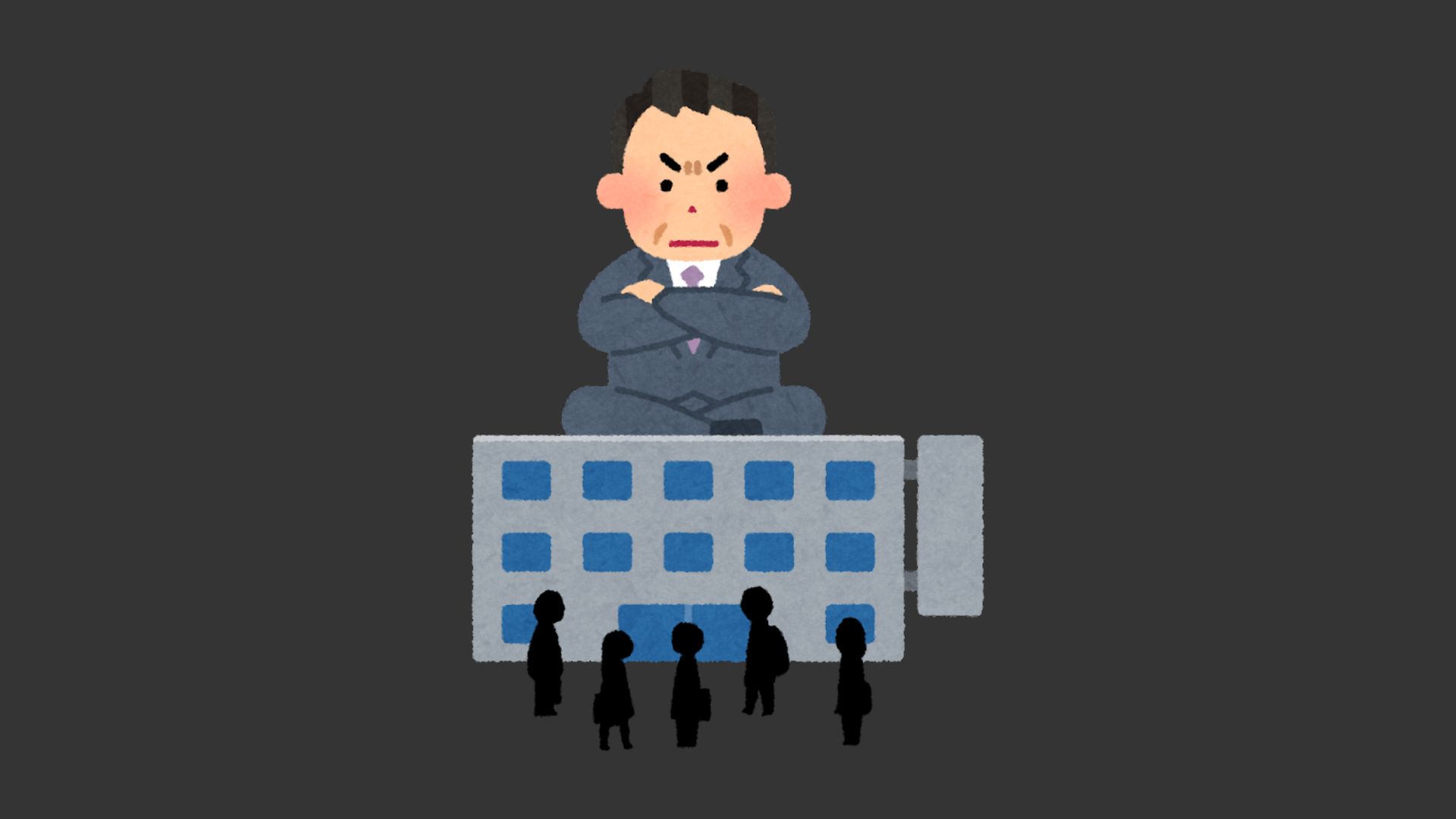Are you feeling overwhelmed by the relentless demands of work, constantly checking emails at odd hours, and skipping breaks, all while battling guilt over taking time off? You’re not alone.
Many high-achievers get trapped in the toxic productivity cycle, sacrificing their well-being for the sake of success.
But what if you could break free and find a healthier approach to achieving your goals?
In this article, we’ll explore practical strategies to escape the grip of toxic productivity, helping you reclaim your time and sanity.
You’ll discover how to recognize burnout signals, prioritize self-care, and set realistic goals that foster sustainable success.
Let’s dive in and transform your productivity mindset for the better.
Understanding the Hidden Costs of Always Being “On”
While you might pride yourself on being the “always available” employee, the real cost of staying perpetually connected is taking a bigger toll than you realize.
Think about it: when was the last time you fully disconnected without feeling guilty?
This constant pressure to perform isn’t just disrupting your work-life balance; it’s threatening your mental health.
Your hobbies, relationships, and personal time shouldn’t take a backseat to endless work notifications. When you’re always “on,” you’re actually turning off the parts of yourself that make you unique and fulfilled.
Recognizing Warning Signs of Toxic Productivity
Breaking free from toxic productivity starts with spotting its warning signs.
When you’re caught in this cycle, you’ll notice clear signals that it’s time to step back and reassess.
- You’re skipping essential self-care activities like meals, breaks, or time with loved ones because you feel guilty about not working.
- Your work quality is declining despite spending more hours at your desk.
- You can’t enjoy downtime without feeling anxious about being “unproductive.”
- You’re constantly exhausted but push yourself to keep going anyway.
These signs of toxic productivity aren’t badges of honor – they’re red flags signaling that you need to make changes before burnout takes over completely.
Breaking Free From the Achievement Addiction
Breaking free from achievement addiction starts with understanding what drives your compulsive need to succeed.
You’ll find greater balance by setting goals that align with your personal values rather than external pressure or societal expectations.
Instead of measuring success through productivity alone, try tracking metrics that matter to your overall wellbeing, like time spent with loved ones or pursuing meaningful hobbies.
Recognize Your Success Triggers
Success triggers can sneak up on you like a familiar melody that keeps playing in your head. When you’re caught in the cycle of toxic productivity, it’s crucial to understand what drives your need for constant achievement.
By recognizing success triggers, you’ll start moving toward genuine personal fulfillment rather than chasing empty wins.
- Notice when you’re seeking external validation instead of celebrating your authentic accomplishments
- Track moments when you feel pressured to perform beyond your natural capacity
- Identify activities that genuinely energize you versus those that drain your spirit
- Document situations where you compromise self-care practices for productivity’s sake
Set Meaningful Growth Goals
While chasing achievements might feel like climbing an endless ladder, meaningful growth goals can transform your relationship with productivity.
When you set realistic goals focused on personal development rather than external validation, you’ll discover a more sustainable path to success.
Start by identifying your intrinsic goals – what truly matters to you beyond society’s expectations?
Maybe it’s learning a new skill, deepening relationships, or improving your well-being.
Use the SMART framework to make these goals concrete and achievable.
Instead of “become more successful,” try “spend 20 minutes daily practicing mindfulness.”
Reframe Achievement Metrics
The relentless pursuit of achievements can feel like you’re constantly chasing a mirage. When you’re caught up in unrealistic expectations, it’s easy to lose sight of what truly matters.
By reframing achievement metrics, you’ll discover a path to healthy productivity that nourishes your well-being and personal growth.
- Replace “tasks completed” with “value created” – focus on the impact of your work
- Track meaningful contributions, like helping colleagues or solving complex problems
- Measure growth through weekly reflection on what you’ve learned and how you’ve evolved
- Celebrate small wins that align with your values, not just your to-do list
Building Sustainable Work Habits That Last
Creating sustainable work habits isn’t about pushing yourself to the limit – it’s about finding your natural rhythm and sticking to it. You’ll combat toxic productivity by setting realistic goals that you can actually achieve, keeping your motivation strong and steady.
Start by establishing clear boundaries around your work hours – treat them as non-negotiable appointments with yourself. Schedule regular breaks for creative thinking and recharging, just as you’d schedule important meetings.
Tools like Sunsama can help you prioritize tasks effectively without overwhelming yourself.
Don’t forget to build in self-care routines that stick. Whether it’s a morning meditation or an afternoon walk, these aren’t luxuries – they’re essential investments in your leadership effectiveness.
Redefining Success on Your Own Terms
Success means something different for everyone – and that’s exactly how it should be. When you’re redefining success on your own terms, you’ll discover that it’s less about checking boxes and more about creating meaningful impact in your life and others’.
Breaking free from toxic productivity starts with recognizing what truly matters to you.
- Start tracking weekly wins that go beyond task completion – like helping a colleague or learning something new.
- Prioritize your mental health and personal relationships equally with work achievements.
- Focus on the quality of your contributions rather than the quantity of your output.
- Celebrate small victories that align with your personal values and growth goals.
You’re not just a productivity machine – you’re a complex individual whose success story is uniquely yours to write.
Creating Boundaries That Protect Your Well-being
While many of us struggle to disconnect from work, establishing strong boundaries isn’t just helpful – it’s essential for your survival.
You’ve probably noticed how checking emails after hours or skipping lunch breaks can drain your mental health over time.
Start by setting clear work hours and sticking to them like your well-being depends on it (because it does).
Create a dedicated workspace that you can physically walk away from when your workday ends.
Use project management apps to keep your priorities in check, and don’t feel guilty about taking breaks – they’re part of being productive, not avoiding it.
Most importantly, learn to say “no” when your plate is full.
Implementing Strategies for Long-term Balance
You’ll find lasting success by establishing purposeful boundaries that align with your values and energy patterns.
Creating sustainable daily rhythms means building non-negotiable self-care practices into your schedule, like morning meditation or afternoon walks.
When you block dedicated recovery time in your calendar, you’re not just preventing burnout – you’re investing in your long-term performance and happiness.
Set Boundaries With Purpose
Creating purposeful boundaries isn’t just about saying no – it’s about saying yes to your wellbeing. When you establish clear limits around your work life, you’re protecting your mental health and preventing burnout.
Think of boundaries as your personal shield against the constant pressure to be productive.
Here’s how you can set meaningful boundaries that stick:
- Designate specific work hours and stick to them – your Netflix time is sacred
- Create a dedicated workspace that you can physically leave behind at day’s end
- Turn off those pesky work notifications after hours – those emails can wait
- Use project management tools to prioritize what truly matters, not just what’s urgent
Create Sustainable Daily Rhythms
To break free from toxic productivity, sustainable daily rhythms become your secret weapon against burnout. When you establish clear work hours and stick to them, you’ll find yourself breathing easier and feeling more in control.
Start by mapping out your day with intentional breaks – they’re not just nice to have, they’re essential for your mental health.
Try the Pomodoro Technique: work for 25 minutes, then take a 5-minute breather. You’ll be amazed at how this simple pattern boosts your focus and creativity.
Create a morning routine that energizes you. Whether it’s a quick workout, meditation, or journaling, these moments set you up for success.
Schedule Intentional Recovery Time
Rest isn’t just a reward – it’s your strategic advantage for long-term success. Breaking free from toxic productivity means embracing scheduled downtime as essential, not optional.
When you take intentional breaks, you’re investing in your sustainable performance and creativity.
Here’s how to make recovery time work for you:
- Set firm work boundaries with a daily “shutdown ritual” to mentally clock out
- Schedule short breaks every 90 minutes to maintain peak focus and energy
- Block off “recovery zones” in your calendar, treating them as non-negotiable appointments
- Plan extended weekends monthly to fully recharge and reset
Wrapping it up
You’re not alone in feeling overwhelmed – studies show 77% of employees experience burnout at their current jobs.
But you’ve got the power to break free from toxic productivity.
Start small by setting clear boundaries, scheduling guilt-free breaks, and measuring success on your own terms.
Remember, sustainable productivity isn’t about doing more – it’s about doing what matters most while protecting your wellbeing. You’ve got this!







